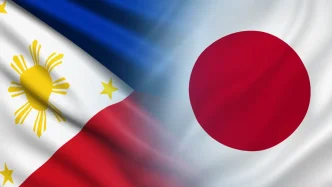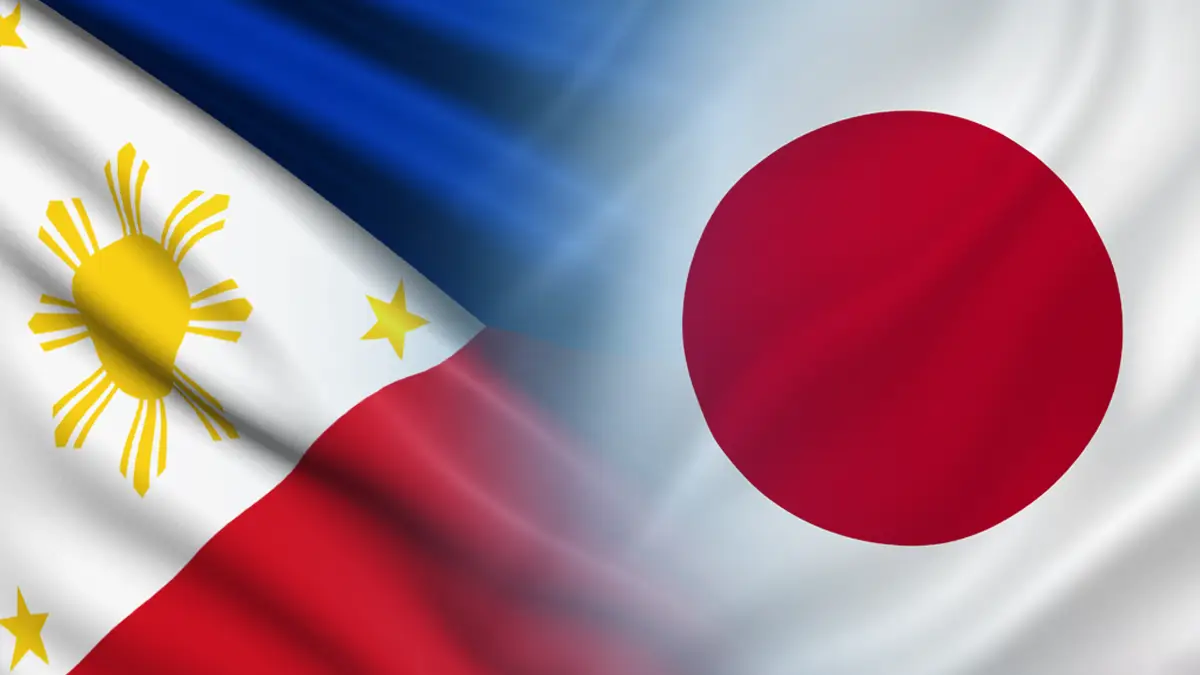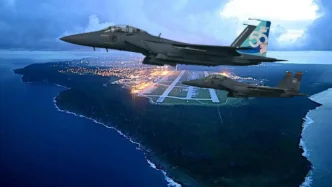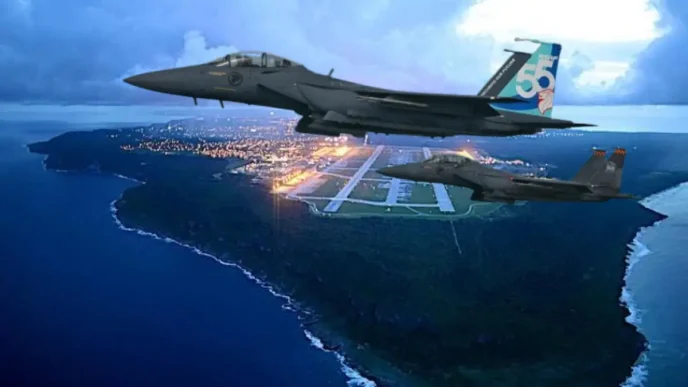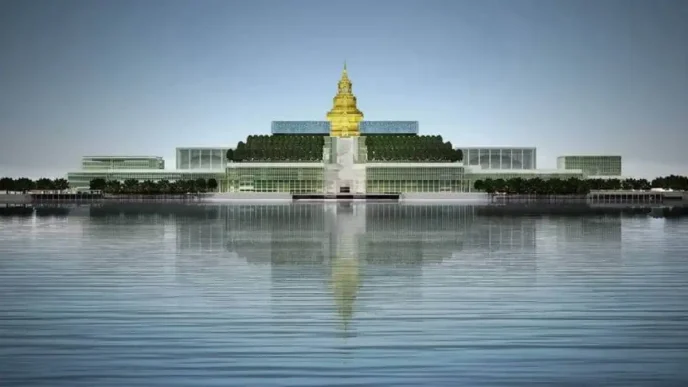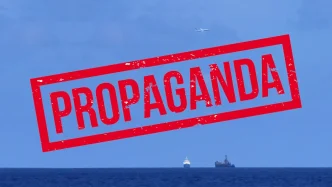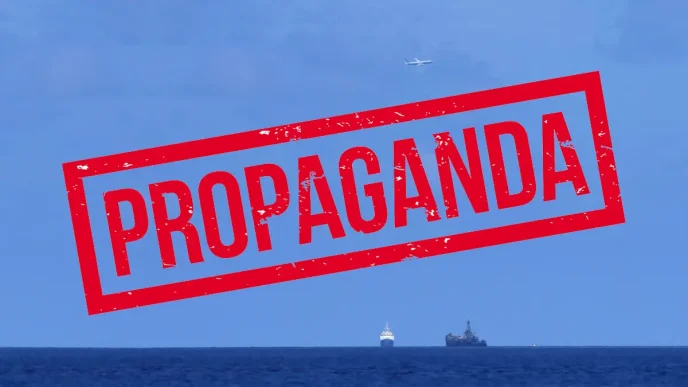In a significant step toward deepening military and strategic cooperation, the Philippines and Japan have finalized the Reciprocal Access Agreement (RAA), set to take effect on September 11, 2025. This landmark pact, formalized through an exchange of diplomatic notes on August 13, 2025, between Foreign Secretary Ma. Theresa Lazaro and Japanese Ambassador to the Philippines Endo Kazuya, promises to enhance joint training and coordination in territorial defense, disaster response, and humanitarian assistance. As regional tensions simmer in the South China Sea, the agreement signals a fortified partnership between two nations aligned in their commitment to sovereignty and stability.
A Framework for Mutual Defense and Cooperation
The RAA establishes a legal and administrative structure that facilitates the seamless entry and departure of defense forces, vessels, aircraft, and equipment between the Philippines and Japan. This framework, approved by both governments, enables mutual visits for joint military exercises and other collaborative activities. The agreement is designed to bolster interoperability between the armed forces of the two countries, ensuring they can operate cohesively in times of crisis or conflict.
Japanese Ambassador Endo Kazuya emphasized the practical benefits of the pact during the diplomatic exchange in Manila. “The RAA provides a practical framework for mutually beneficial defense cooperation by facilitating mutual visits of our forces for joint training, humanitarian assistance, and disaster response. It strengthens the interoperability between our forces and affirms our mutual readiness to decisively respond to emerging challenges and opportunities” he stated on August 13, 2025.
Defense Secretary Gilberto Teodoro Jr. echoed this sentiment, describing the agreement as a potent instrument for two nations united by a shared objective of safeguarding their territories against external pressures. While Teodoro did not specify particular threats, his reference to unilateral attempts aligns with ongoing concerns over maritime disputes in the South China Sea, where both countries have faced challenges to their territorial claims.
Strategic Context: A Response to Regional Tensions
The timing of the RAA’s implementation is notable, coming amid heightened geopolitical friction in the Asia-Pacific region. The Philippines has long been at odds with China over overlapping claims in the South China Sea, a critical waterway through which trillions of dollars in global trade pass annually. Japan, meanwhile, faces its own set of challenges with China over the East China Sea’s Senkaku Islands, known as Diaoyu in China. Both nations view the strengthening of bilateral ties as a counterbalance to assertive actions in disputed waters.
The agreement builds on a history of growing defense collaboration between Manila and Tokyo. In recent years, joint naval exercises, such as the one witnessed on March 26, 2025, when the Japanese Maritime Self-Defence Force frigate JS Noshiro arrived at the Philippine Navy’s Naval Operating Base in Subic, Zambales province, have become more frequent. These interactions, often involving personnel exchanges and coordinated drills, underscore a mutual interest in maintaining a rules-based international order.
Beyond bilateral concerns, the RAA aligns with broader regional security architectures. The Philippines and Japan are both key partners of the United States, with Manila hosting American forces under the Enhanced Defense Cooperation Agreement (EDCA) and Tokyo serving as a linchpin of U.S. strategy in the Indo-Pacific. Analysts suggest that the RAA could pave the way for trilateral or multilateral exercises involving other like-minded nations, further reinforcing a network of alliances aimed at deterring aggression.
Practical Implications: From Training to Disaster Response
At its core, the RAA is a practical tool for enhancing military readiness. Joint training exercises under the agreement will focus on territorial defense, a priority for both nations given their geographic vulnerabilities. For the Philippines, an archipelago of over 7,000 islands, securing maritime borders is a daunting task that requires advanced capabilities and international support. Japan, with its expertise in naval operations and disaster management, offers valuable know-how that can bolster Philippine defenses.
Equally important is the agreement’s emphasis on humanitarian assistance and disaster response. Both countries are prone to natural calamities—typhoons in the Philippines and earthquakes in Japan—and have a shared interest in improving rapid-response mechanisms. The RAA will enable the swift deployment of personnel and resources during emergencies, ensuring that aid reaches affected communities without bureaucratic delays. This aspect of the agreement reflects a broader vision of security that encompasses not just military threats but also human welfare.
The operational details of the RAA are expected to evolve as both sides refine their coordination. Military officials from Manila and Tokyo will likely establish joint committees to oversee the implementation of training programs and resource-sharing protocols. While specific schedules for upcoming exercises have not been disclosed, the presence of Japanese vessels like the JS Noshiro at Philippine bases earlier in 2025 suggests a steady rhythm of engagement that will only intensify under the new agreement.
Domestic and International Reactions
Within the Philippines, the RAA has been broadly welcomed by defense and foreign policy circles as a necessary step toward modernizing the country’s security posture. The administration of President Ferdinand Marcos Jr. has prioritized international partnerships to address both external threats and internal challenges, such as insurgency and disaster preparedness. However, some domestic critics caution against over-reliance on foreign alliances, arguing that the government must simultaneously invest in strengthening its own military capabilities.
In Japan, the agreement reinforces Prime Minister Fumio Kishida’s push for a more proactive defense policy, a shift from the country’s traditionally pacifist stance under its post-World War II constitution. Tokyo’s growing military cooperation with Southeast Asian nations, including the Philippines, Vietnam, and Indonesia, reflects a strategic pivot aimed at securing its interests in a volatile region. Public opinion in Japan remains divided, with some supporting the government’s outreach and others expressing concern over the potential for entanglement in distant conflicts.
Internationally, the RAA has drawn attention from both allies and adversaries. The United States and Australia, key members of the Quad alliance alongside Japan and India, have signaled support for the agreement as part of a broader effort to promote stability in the Indo-Pacific. Conversely, China has expressed reservations, with state media outlets framing the pact as a provocative move that could escalate tensions in the South China Sea. Beijing’s response underscores the delicate balance Manila and Tokyo must strike as they navigate regional power dynamics.
Legal and Diplomatic Foundations
The RAA is not merely a military arrangement but also a testament to the deepening diplomatic ties between the Philippines and Japan. The exchange of notes on August 13, 2025, marks the culmination of years of negotiations, during which both sides addressed complex issues such as legal jurisdiction over visiting forces and the logistical challenges of cross-border operations. The agreement’s entry into force on September 11, 2025, will be a milestone in bilateral relations, building on a foundation of mutual trust and shared values.
Legally, the RAA ensures that visiting forces operate within a clear framework that respects the sovereignty of the host country. For instance, Japanese personnel training in the Philippines will be subject to local laws, while streamlined customs and immigration procedures will facilitate their entry and exit. This balance of operational efficiency and legal accountability is critical to maintaining public support for the agreement in both nations.
Looking Ahead: Challenges and Opportunities
As the RAA takes effect, its success will depend on how effectively the Philippines and Japan translate their commitments into tangible outcomes. Regular joint exercises, transparent communication, and a focus on capacity-building will be essential to realizing the agreement’s full potential. At the same time, both governments must manage domestic and international perceptions to avoid missteps that could undermine the partnership.
The broader implications of the RAA extend beyond bilateral ties, offering a model for how middle powers can collaborate to address shared challenges. In a region marked by uncertainty, the Philippines-Japan partnership stands as a reminder that strategic cooperation, grounded in mutual respect, can serve as a stabilizing force. Yet, as the September 11 implementation date approaches, questions remain about how this agreement will reshape the security landscape of Southeast Asia and whether it can withstand the pressures of an increasingly contested geopolitical environment.
For now, the sight of Philippine navy sailors waving to their Japanese counterparts in Subic Bay earlier this year serves as a powerful symbol of camaraderie. As the RAA comes into force, it carries the promise of turning such gestures into a lasting alliance, one that could help chart a safer course for both nations in turbulent waters.
